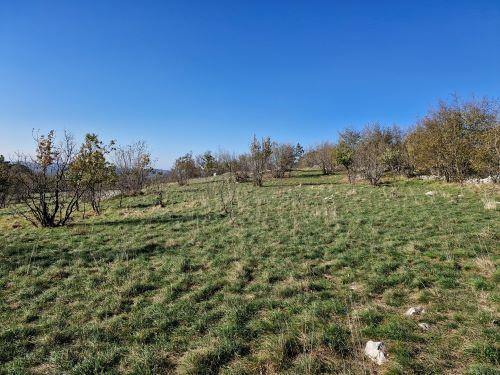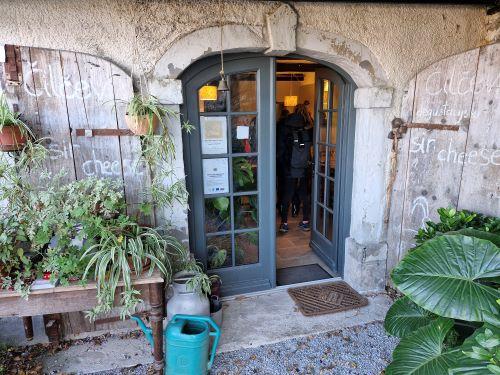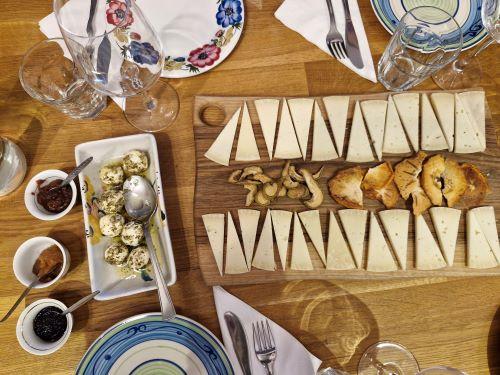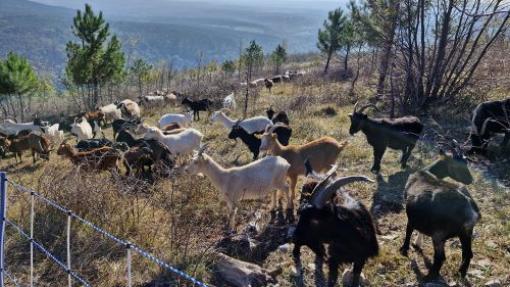The Kras4us project also focuses on activities related to the management of karst dry grasslands. These are the habitats with the highest biodiversity not only in the Karst and Slovenia, but also in Europe and worldwide. At the same time, these dry grasslands are extremely threatened by the abandonment of traditional farming and the rapid overgrowth of the landscape.
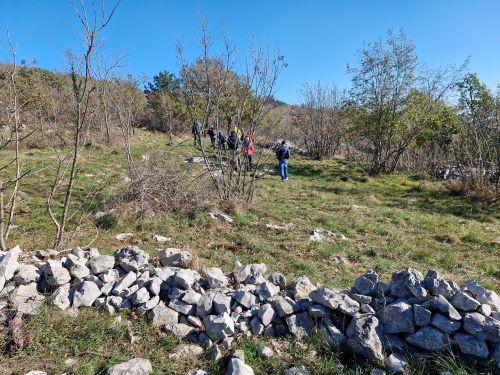
The project is looking for solutions to preserve this precious habitat for future generations. To this end, project partners have already visited the Antonič didactic farm and the Alture di Polazzo social farm in the Italian Karst in September, and on 11 November we visited two more examples of good agricultural practices in the Slovenian Karst.
First, we walked through the pastures of the Ida Štoka farm near Krajna vas, where they bread sheep, goats, cows and horses for more than three decades. They have been farming on around 45 hectares of land. By using a combination of grazing and mowing, they are keeping the landscape near the village free from overgrowth and biodiverse.
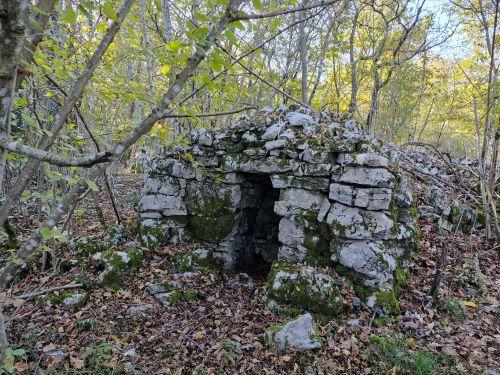
Next we visit the pastures of the Čilčevi Homestead. For the last 15 years they have been farming on the northernmost edge of the karst plateau near the village of Pedrovo. All the land has been abandoned and overgrown for many years, and in 2006 it was completely burnt down in the Šumka fire, the biggest fire to that time. By clearing the undergrowth and grazing the 150-strong flock of sheep, goats and donkeys, the grasslands are gradually being revitalised, allowing even the most endangered species to survive. On the farm they bread two indigenous Slovenian breeds, the Istrian pramenka and the drežnica goat, that have proved to be the best suited for milk production and grazing in the challenging karst terrain.
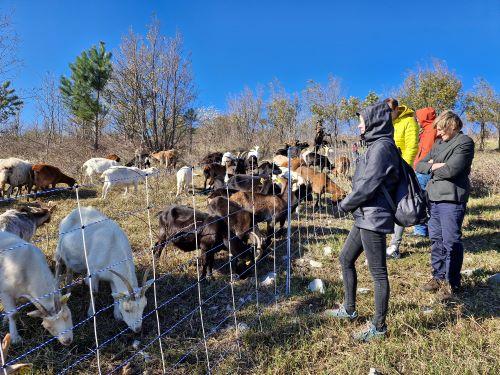
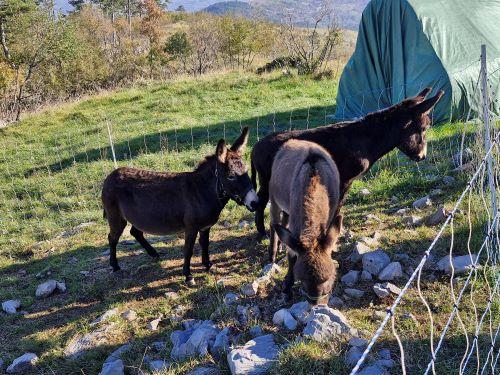
Overgrown areas before clearing of overgrowth.
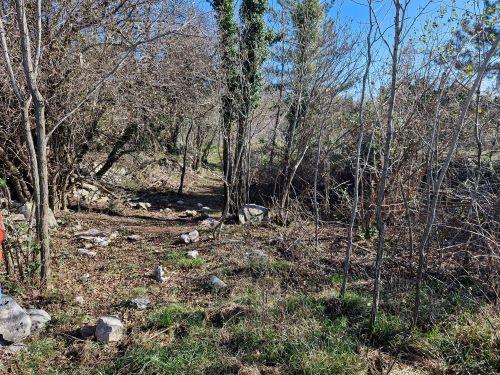
Revitalised areas by combination of grazing and removing the overgrowth.
